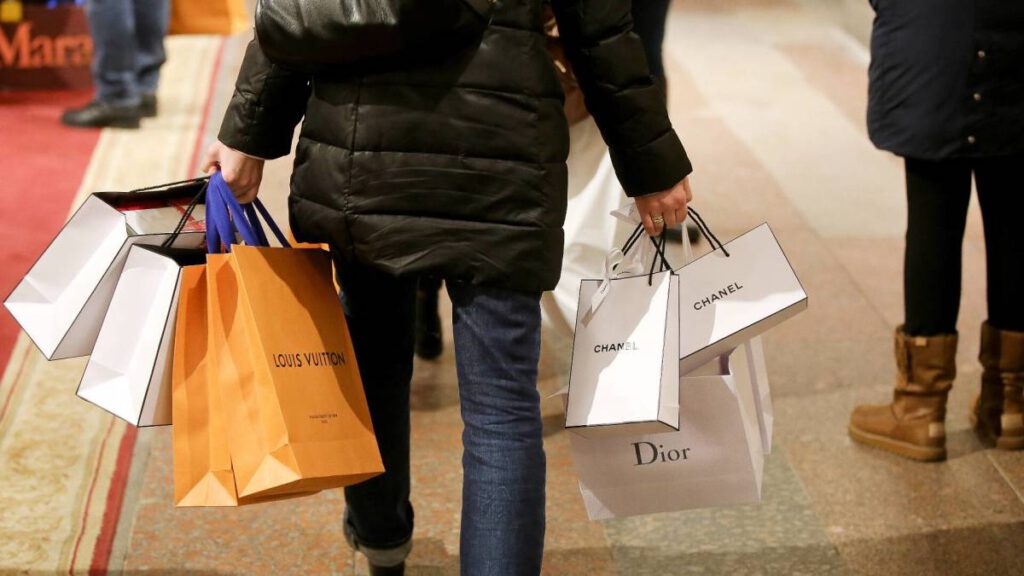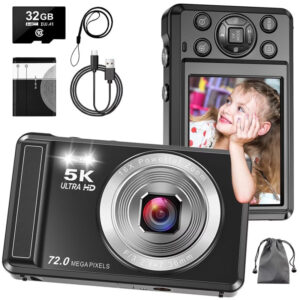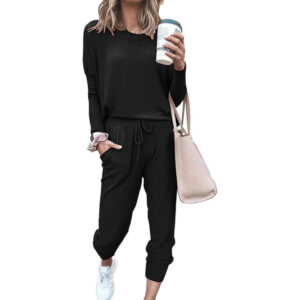Amid economic uncertainty and slowing consumer spending, retail sales in the apparel sector remain sluggish. Luxury brands in particular are taking the hardest hit, as tariffs threaten price hikes and the rise of dupes diminishes their exclusivity.
However, the beauty industry is experiencing the opposite effect, prompting even major fashion houses to steer away from apparel and turn to beauty products like fragrance and cosmetics to revive sales.
Balenciaga launches a new perfume line
Balenciaga announced the launch of a new high perfume line, featuring 10 fragrances inspired by the brand’s iconic 1947 Le Dix fragrance.
This marks Balenciaga’s first fragrance project since Kering (PPRUY) acquired its perfume business in 2023 under its Kering beauté division, and the release couldn’t be more timely.
In the first half of fiscal 2025, Kering’s total revenue fell 16% compared to last year, with North America sales down 13%. Balenciaga’s sales were among the lowest, hurt not only by the global luxury slowdown, but also by its controversial past tied to damaging allegations that sparked boycotts and backlash.
Balenciaga is one of the Kering Group’s weakest-performing brands. To reverse its sales declines, Kering aims to expand its perfumery business and return it to its roots.
Image source: Andrey Rudakov/Bloomberg via Getty Images
Kering bets on beauty by launching a beauty business
Kering launched its beauty arm, Kering Beauté, in 2023 to diversify its portfolio and boost growth, aiming to combat the fashion slump.
This move proved smart. In its latest quarter, Kering Beauté’s revenue grew by 9%, driven mainly by strong performance from the luxury perfume house Creed and the development of beauty products for the group’s other brands.
Retailers debut beauty lines to reverse sales declines
Kering is not alone in this beauty-centered strategy. Gap Inc. (GPS) recently expanded into beauty and accessories “to seize exciting opportunities for growth and innovation, helping ensure the company remains competitive and successful in the future,” as the company stated in the announcement.
Later this fall, Gap-owned brand Old Navy will debut a beauty and personal care line, with dedicated shop-in-shops and specialized Beauty Associates in select stores.
Related: Sephora becomes first beauty retailer to join a major delivery app
This introduction reflects the retail company’s need for a refresh. In the second quarter of fiscal 2025, Gap’s net sales were flat compared to last year, with store sales decreasing 1%.
Even the world’s leading luxury group LVHM (LVMHF) has struggled with broader declines. In the first half of 2025, its revenue fell 4% year over year. While nearly all its sectors reported negative growth, beauty was among the least affected, declining 1% and making it one of the group’s most resilient businesses.
Beauty market outpaces fashion during economic uncertainty
There’s a reason behind this sudden shift from fashion to beauty. The fashion industry’s growth is expected to remain low, according to McKinsey & Company’s State of Fashion 2025 Report.
Meanwhile, the global beauty industry is estimated to be worth around $450 billion, with annual growth of 5% projected through 2030, according to McKinsey & Company’s State of Beauty 2025 Report.
In the U.S., the prestige beauty market rose 2% to $16 billion in the first half of 2025, while sales at mass merchants increased 4% to $34.6 billion, according to Circana.
With its continuous growth despite a broader retail slowdown, beauty is quickly becoming fashion brands’ weapon against sales declines, offering retailers a lifeline during turbulent times.
Related: Macy’s stock soars 20% as 125 stores drive surprising growth




